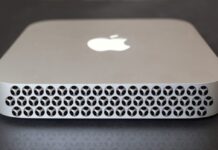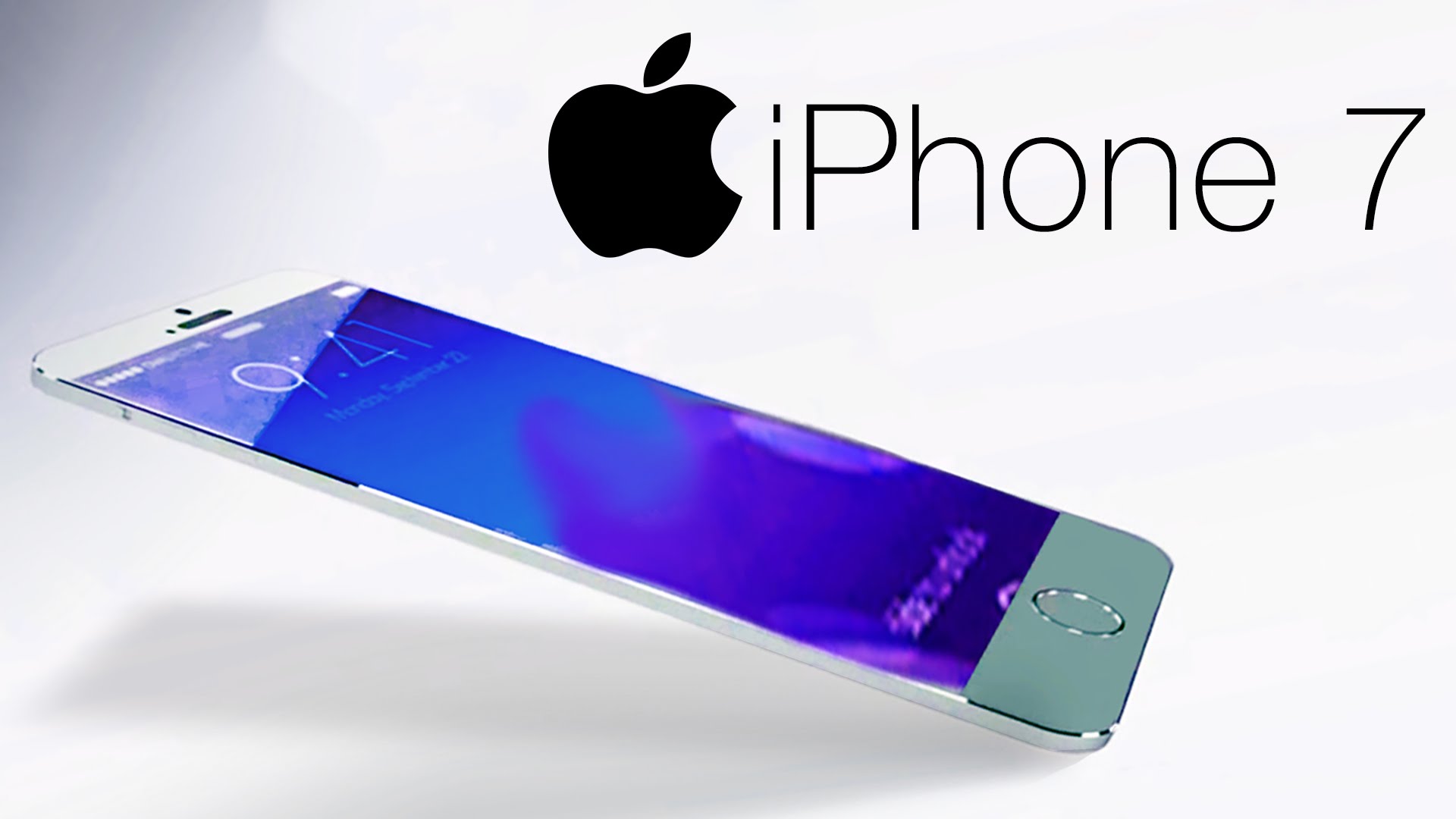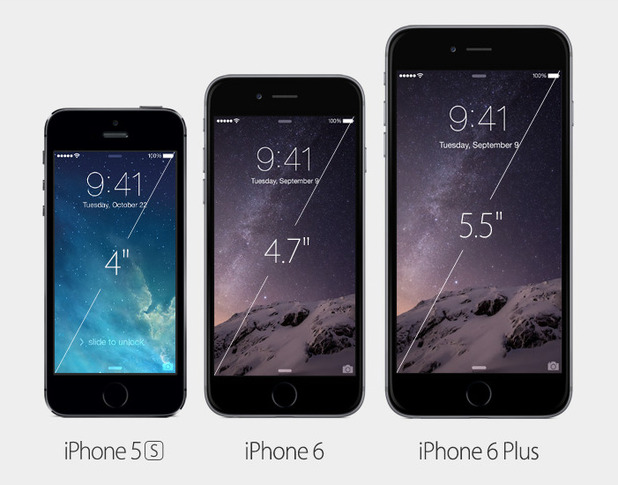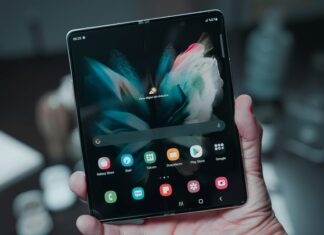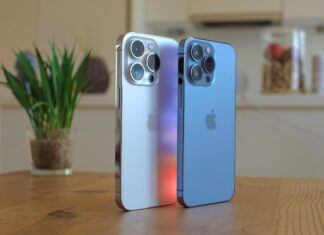On February 21, 2013, Qualcomm took the cover off a new series of chips, which could potentially solve problems faced by phone companies. Generally switching between cellular networks becomes problematic, which has caused companies like Apple to create different phones for different networks. The chip manufacturer’s latest invention should hopefully address this problem.
When travelling overseas, people with phones using Qualcomm chips generally have to think long and hard as to which phone they would be using. This cellular fragmentation has caused problems for many companies. In regards to the issue, Qualcomm had the following to say, “Where 2G and 3G technologies each have been implemented on four to five different RF bands globally, the inclusion of LTE brings the total number of cellular bands to approximately 40.”
The new product line from the company helps reduce power consumption by up to 30 percent. Some of the new additions to Qualcomm shelves are a Dynamic Antenna Matching Tuner, an Integrated Power Amplifier and an RF transceiver chip, which accommodates a variety of 2G, 3G and LTE frequency bands.
Due to the restrictions of Qualcomm’s previous chips, it has lost out on business in the past. The most important one being Samsung’s Galaxy III. The smartphone manufacturer decided to go with its own chipset in a newer version of the phone, which is now the world’s highest selling Android phone.







